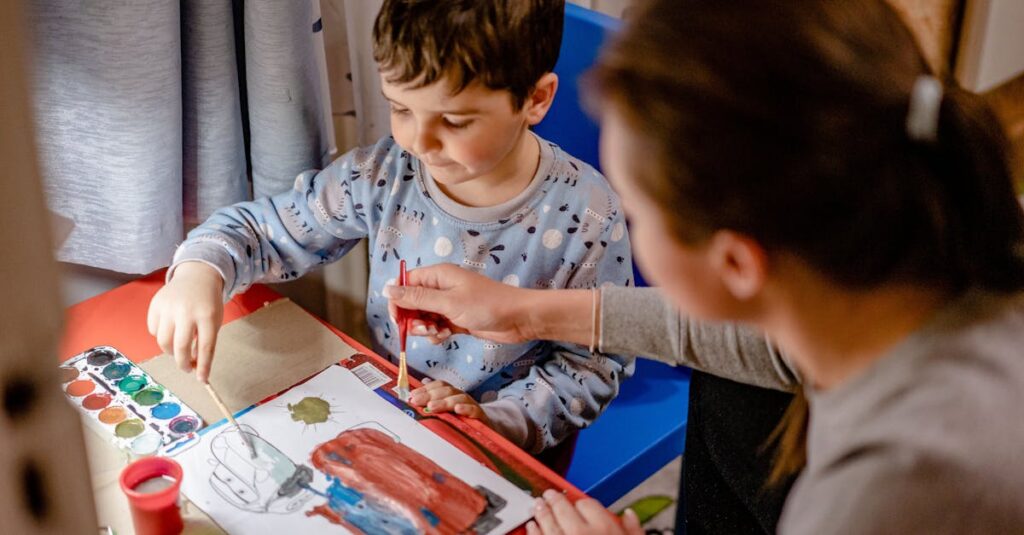Understanding Preschooler Mindset
Communicating with preschoolers can be tricky. At this age, children are curious and eager to explore. Understanding their mindset is crucial. They don’t fully grasp boundaries as adults do but learn from repetition and consistency. Remember: patience and empathy go a long way.
My little one once painted our dog blue—true story, and yes, it required a lot of patience! Remember, setting boundaries isn’t about control; it’s about guiding and helping them feel secure. Keep your messages clear and simple. Explain why certain actions are inappropriate with age-appropriate examples.
Keywords to remember here are: understand preschooler mindset, patience with children, and explaining boundaries to preschoolers.


Be Clear and Consistent
Clarity and consistency are your best friends here. When setting boundaries, be explicit. For example, if the rule is no jumping on the sofa, stick to it. Mixed signals confuse kids. My friend once joked that her daughter thought ‘sometimes’ meant ‘always’ because they weren’t consistent!
Make sure all caregivers are on the same page. This unity reinforces the boundaries and prevents confusion. Always approach your preschooler at their eye level and use simple language. Avoid complex sentences; clarity is key. Keywords include ‘clear boundaries’, ‘consistent rules for kids’, and ‘preschool boundary setting’.


Remember, clear communication and consistent enforcement of rules play a vital role in fostering a secure and structured environment for your child.
Use Positive Reinforcement
Positive reinforcement encourages good behavior. Celebrate your child’s efforts to follow boundaries. Give praise, hugs, or a small reward when they respect limits. Positive acknowledgment encourages repeat behavior.
I remember the time my son finally stayed within the park boundary; it was an ice cream party in the evening!
Reinforcement should be immediate and relatable to keep up their morale. This helps them associate positive feelings with good behavior. Avoid using negative reinforcement, as it can create frustration. Focus on the positives and keep reminding them of the love and encouragement.
Keywords: ‘positive reinforcement,’ ‘child behavior rewards,’ and ‘encouraging good habits.’
Model Behavior and Set Examples
Children mimic their parents, so model the behavior you expect. Demonstrating respect for household rules teaches them to do the same. If you set a rule about no yelling, and you yell, your lesson is lost. Be mindful of your actions. One time, my daughter called me out for not putting my shoes away—talk about a reality check! Use everyday moments to set examples. Show respect towards their boundaries too. It’s a two-way street. Children learn best from what they observe.
Keywords to use include ‘modeling behavior’, ‘setting examples for kids’, and ‘teaching by example’.
Involve and Empower Your Child
Empowering preschoolers makes them feel part of the process. Give them choices within the boundaries you’ve set. The involvement boosts their confidence and sense of responsibility.
One trick is to let them pick between two acceptable options. For instance, ask, ‘Do you want to wear the red shirt or the blue shirt?’ This simple choice makes them feel empowered. I once let my son decide on the ‘quiet time’ activity—he chose a puzzle over TV! Small decisions can make a significant difference.
Encourage them to express their feelings about the boundaries and listen actively. Keywords include ’empowering preschoolers’, ‘involving children in decisions’, and ‘child confidence building’.
Empower your child and watch them bloom!


